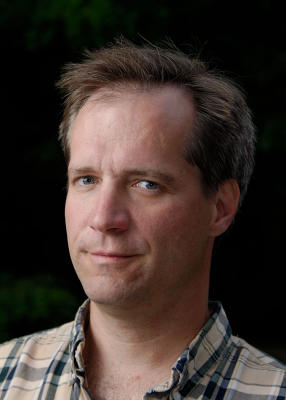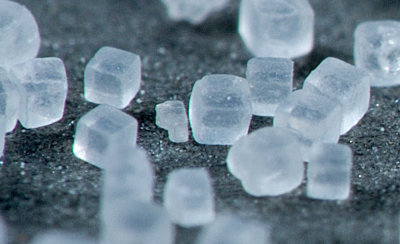gomatt
Active member
Hey everyone, a lot has changed since I have been on DP Review! I am leaving my 9-6 job in May for more travel, part time jobs, and to free up time to develop a business with a partner. This means I will be thinking "find money where there is no money". A co-worker of mine owns a thai restaurant with no website. So I made a simple website and took a few shots of the food. They came out better than I expected, but she has since started to pay me for menu pictures, etc. And before I charge customer #2, I want to get my shots looking more worthy of the $$$.
Any help would be great in suggesting what I can buy to simulate daylight. On a sunny day, by the window, I can get a few good shots, but the clouds and sun I cannot control. If it is equipment I need, it has be small enough to lug into a restaurant and use at a table.
I don't think I am looking for a background sheet or anything, just a light or two, or a screen? to get nice light, without the shadows.... please see below....
I would like to keep the price down, maybe one light with a 5k bulb and a diffuser?
Current equipment: Nikon D90 with 17-55 2.8 lens. No flash.
Thanks again for your help! Matt
More pics are here: http://gomatt.smugmug.com/Other/Pimaan/27491964_gvjRgP#!i=2356641823&k=CTr43hz
This is my best one (lighting wise):

This is what I am going for, this was just using the window and window blinds.......
These are OK, but you can see where the shadows come in.....






Any help would be great in suggesting what I can buy to simulate daylight. On a sunny day, by the window, I can get a few good shots, but the clouds and sun I cannot control. If it is equipment I need, it has be small enough to lug into a restaurant and use at a table.
I don't think I am looking for a background sheet or anything, just a light or two, or a screen? to get nice light, without the shadows.... please see below....
I would like to keep the price down, maybe one light with a 5k bulb and a diffuser?
Current equipment: Nikon D90 with 17-55 2.8 lens. No flash.
Thanks again for your help! Matt
More pics are here: http://gomatt.smugmug.com/Other/Pimaan/27491964_gvjRgP#!i=2356641823&k=CTr43hz
This is my best one (lighting wise):

This is what I am going for, this was just using the window and window blinds.......
These are OK, but you can see where the shadows come in.....










